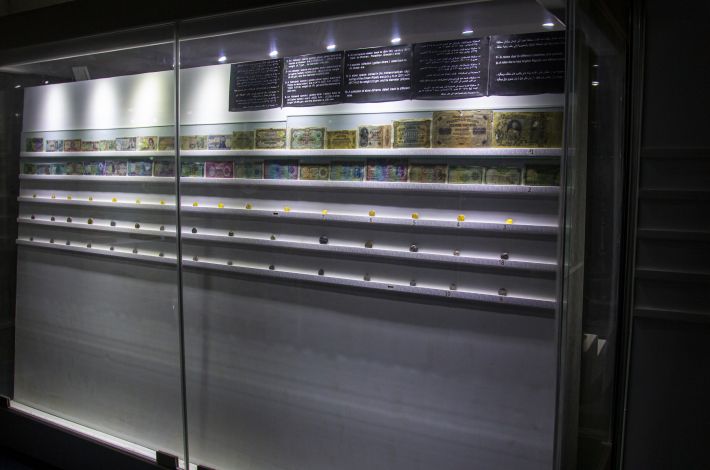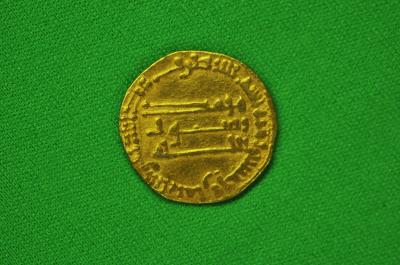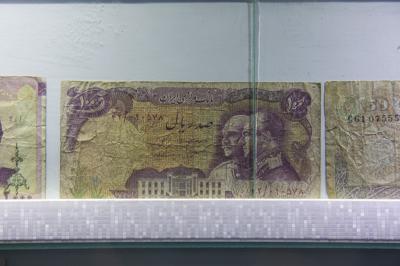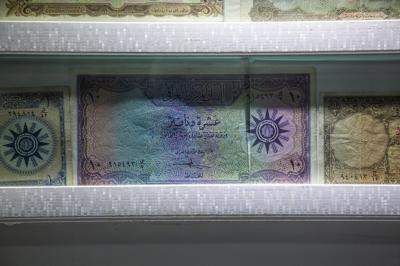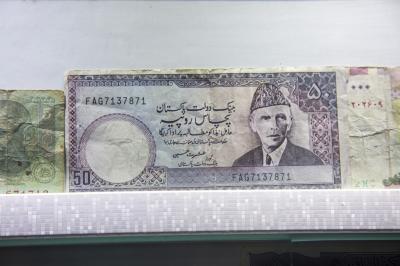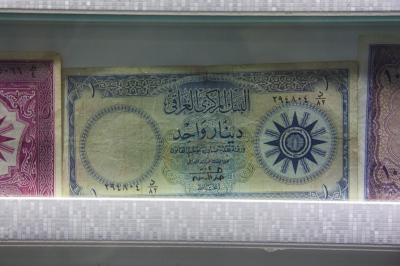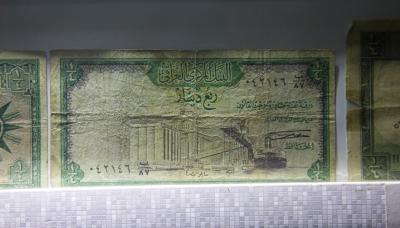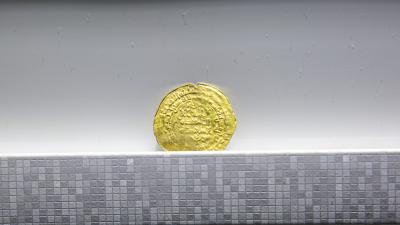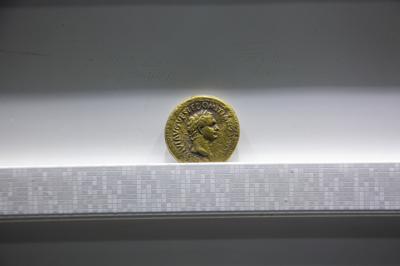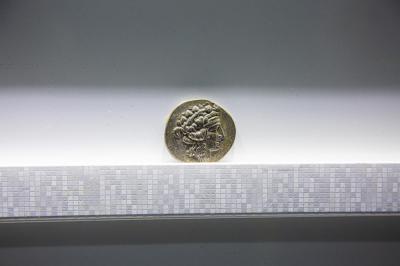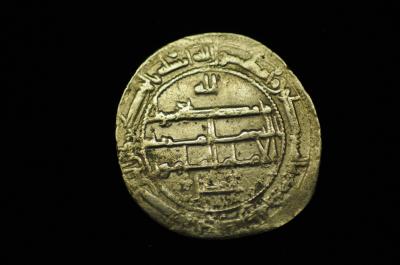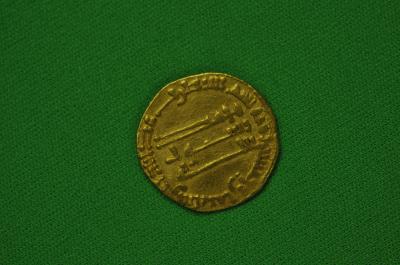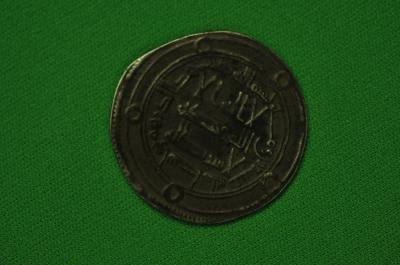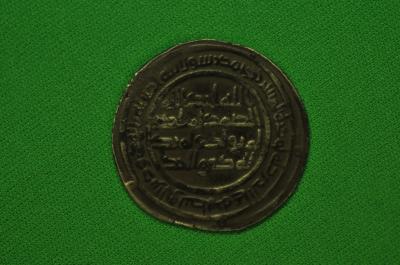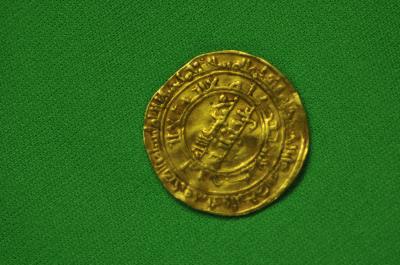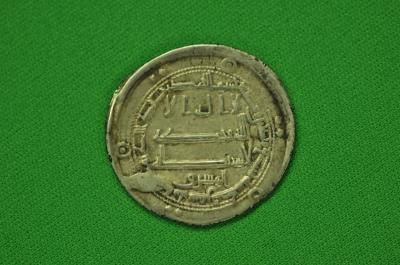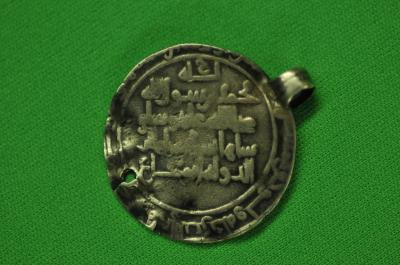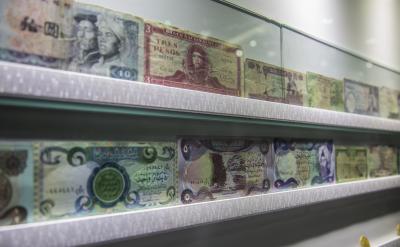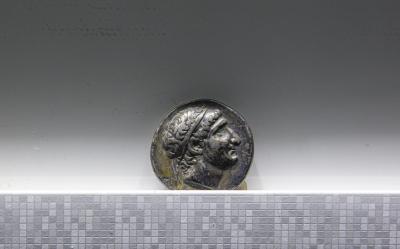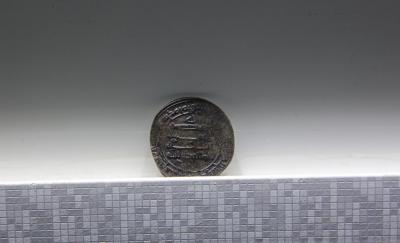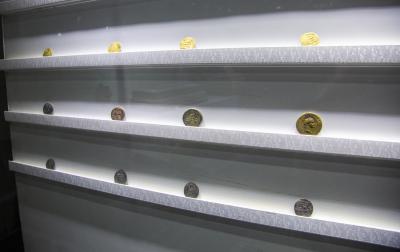Among the museum possessions that the al-Kafeel Museum of Treasurese are the banknotes and coins (gold - silver - copper), which date back to different eras and time civilizations, in addition to what was given to the museum as well as what was acquired and collected from some people.
A display space for these collections has been devoted in a way that is appropriate to their specificity and historical significance, as they are considered historical documents and evidence of different historical eras. And international museums have consistently highlighted them within the museum's exhibit, and this is what the al-Kafeel museum for Treasures and Manuscripts has done, according to what was confirmed to the al-Kafeel network, by Sadiq Lazim Al-Zaidi, head of the museum’s department, adding, “Money and coinage are considered important historical archaeological documentaries and are closely and directly related to the lives of ancient peoples and civilizations. For this reason, museums, including the al-Kafeel museum, have been racing for their acquisition for long periods.”
Noting: "The museum contains more than (1,000) banknotes and coins coined of gold and silver, and dates back to different time periods such as the Greek, Roman, Sassanid, Umayyad, Abbasid, Fatimid, Safavid and Ottoman eras, as well as some that date back to the era of the royal era in Iraq, and among the oldest of those pieces is the Arab dirham that belongs to the mandate of the reign of Imam al-Redha (peace be upon him)."
Al-Zaidi explained: "We worked in the museum to sort and document these coins in both metal and paper types, save them in albums, store them in their own bearings, and document them manually and electronically, by registering the type of currency with the drawing or writing on them, in addition to the size, weight, and also the place and year of production and others, as a group of academic experts in Iraqi universities and the Iraqi Museum, in addition to some amateurs who have a hobby and experience in collecting these coins and sorting them, worked to make sure of them whether they are original or not original.
He continued: "Part of these holdings are displayed in the museum hall in the showrooms of a special display prepared for this purpose, and the other part is preserved within the museum's treasury and all of them are kept by following special mechanisms under the supervision of specialized staffs, as is the practice in local and international museums."
He explained: "The work of the museum's staffs is not limited to collection, tabulation, display and storage, but there is also a workshop for restoration and maintenance of monetary and paper currencies, which includes a group of specialized technicians who have experience in this field, which they acquired after being dumped into specialized courses that made them skilled in their work, while providing the appropriate atmosphere of heat and humidity. "
He concluded: "The doors of the museum are open to anyone who wants to see these holdings, in addition to researchers from primary and postgraduate studies, but currently, due to the current circumstances, it has been closed in line with the health directives issued by the relevant authorities."
